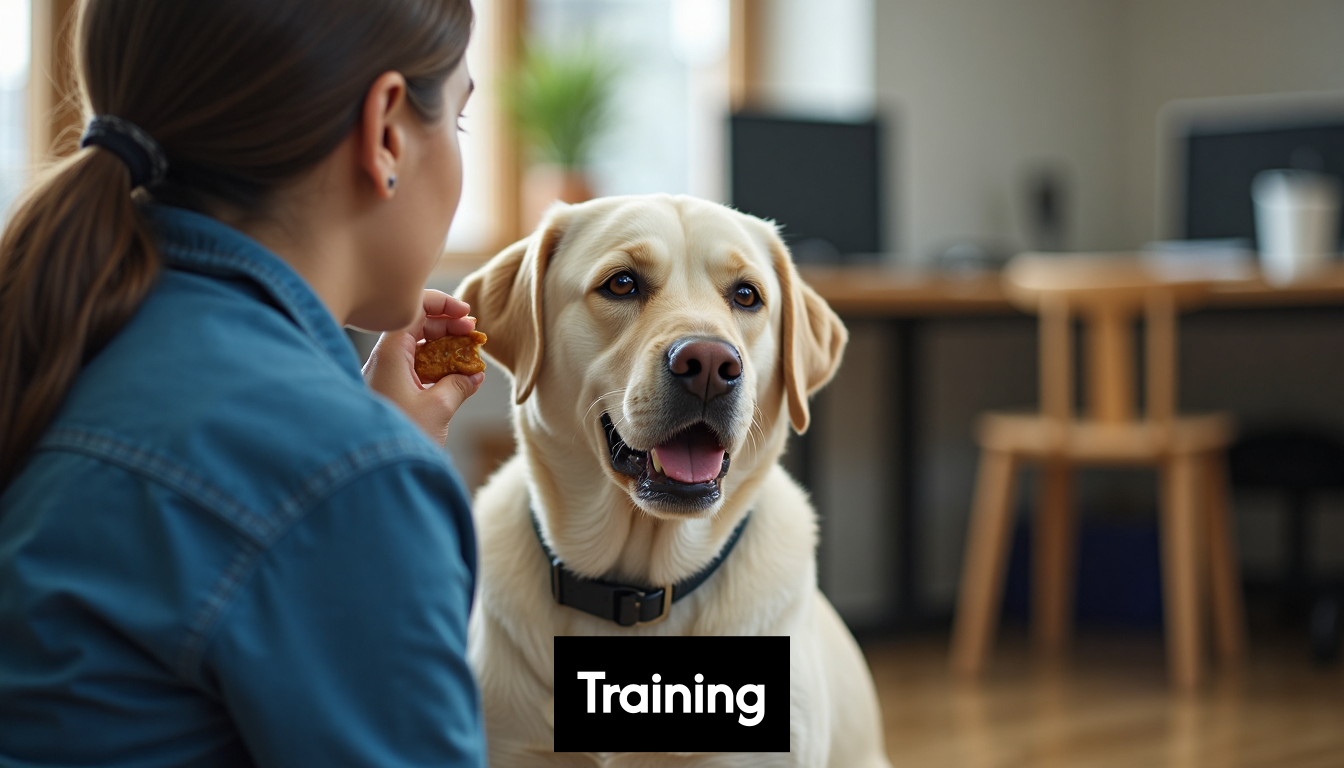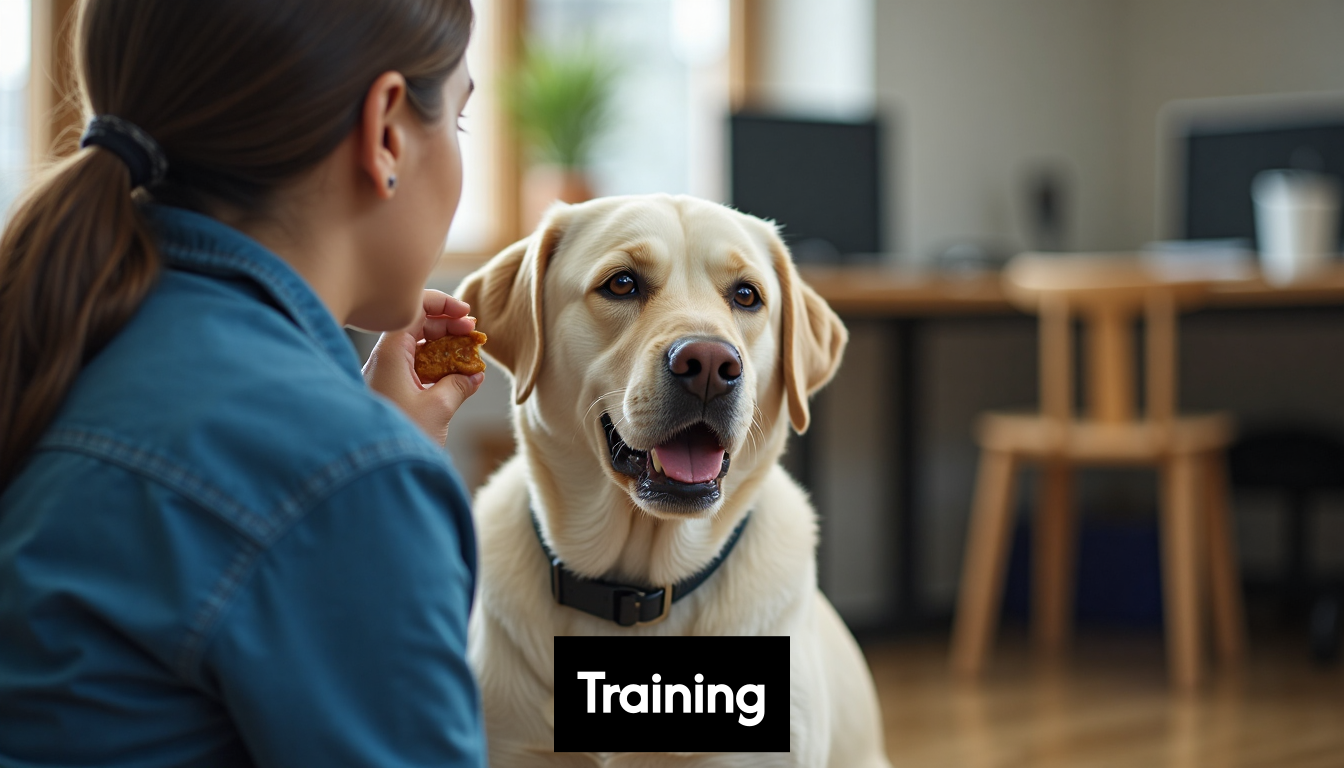
Training a service dog goes far beyond teaching sit or stay. With around 70 percent of service dogs in training never graduating due to behavioral challenges, picking the right training path can mean the difference between success and years of frustration. Most people focus on obedience and commands, but the secret lies in building emotional resilience and a real partnership. This process turns a regular dog into a life changing teammate, and the results might surprise you.
Table of Contents
- Understanding Service Dog Foundations
- Proven Methods For Teaching Skills
- Training Common Assistance Tasks
- Handling Challenges In Dog Training
Quick Summary
| Takeaway | Explanation |
|---|---|
| Selecting the Right Dog is Crucial | Not every dog has the temperament for service work; ideal candidates demonstrate high emotional intelligence, calmness, and a strong desire to please. |
| Positive Reinforcement is Key | Utilizing positive reinforcement techniques like clicker training builds confidence and encourages strong communication between the dog and handler. |
| Comprehensive Task Training is Essential | Effective service dog training involves systematic skill breakdowns, environmental adaptability, and frequent practice in diverse scenarios to ensure reliability and instinctive support. |
| Recognizing and Addressing Behavioral Challenges Early | Identifying training roadblocks early, such as focus issues or anxiety, allows for immediate corrective action, improving the chances of successful graduation for service dogs. |
| Development of a Unique Partnership | The goal is to foster a deep bond between the dog and handler, where the service dog anticipates needs and provides nuanced support that enhances independence and quality of life. |
Understanding Service Dog Foundations
Training service dog skills requires a comprehensive approach that goes beyond basic obedience. Successful service dogs represent the result of careful selection, foundational training, and specialized skill development that transforms an ordinary dog into an extraordinary partner for individuals with disabilities.
The Core of Service Dog Training Basics
At its heart, training service dog skills begins with selecting the right dog. Not every canine has the temperament and aptitude for service work. Ideal service dogs demonstrate specific characteristics: high emotional intelligence, calm demeanor, quick learning ability, and an exceptional capacity to focus amid distractions. Breeds like Labrador Retrievers, Golden Retrievers, and German Shepherds often excel in service roles due to their inherent traits of patience, trainability, and strong work ethic.
The foundational training process involves multiple critical components. Temperament assessment is the first crucial step. Trainers evaluate potential service dogs for key traits such as:
- Low reactivity to environmental stimuli
- Consistent emotional stability
- Strong desire to work and please their handler
- Natural inclination towards problem solving
Building Advanced Engagement and Skills
According to Atlas Assistance Dogs, service dog training goes well beyond traditional obedience. The methodology focuses on creating a deep, trust based partnership between the dog and handler. This approach challenges traditional training assumptions by emphasizing positive, ethical, and fear free methods.
Positive reinforcement techniques like clicker training become instrumental in developing advanced service dog skills. These methods help build the dog’s confidence, enhance communication, and create a strong working relationship. Trainers use targeted exercises that gradually increase complexity, teaching dogs to respond to subtle handler cues and manage challenging environments.
Training service dog skills requires patience, consistency, and a systematic approach. Dogs must learn to remain calm in crowded spaces, ignore potential distractions, and perform specific tasks that directly support their handler’s needs. These tasks might include retrieving medication, providing physical support during mobility challenges, interrupting anxiety episodes, or alerting to potential medical emergencies.
While the training process might seem complex, the result is a highly trained companion that dramatically improves an individual’s independence and quality of life. Each service dog represents a unique partnership, carefully crafted through dedicated training, mutual understanding, and unwavering commitment to supporting someone’s specific needs.
Proven Methods for Teaching Skills
Training service dog skills demands precision, patience, and scientifically validated approaches that transform potential into exceptional performance. Modern training methodologies have revolutionized how we prepare dogs for critical support roles, moving far beyond traditional obedience techniques.
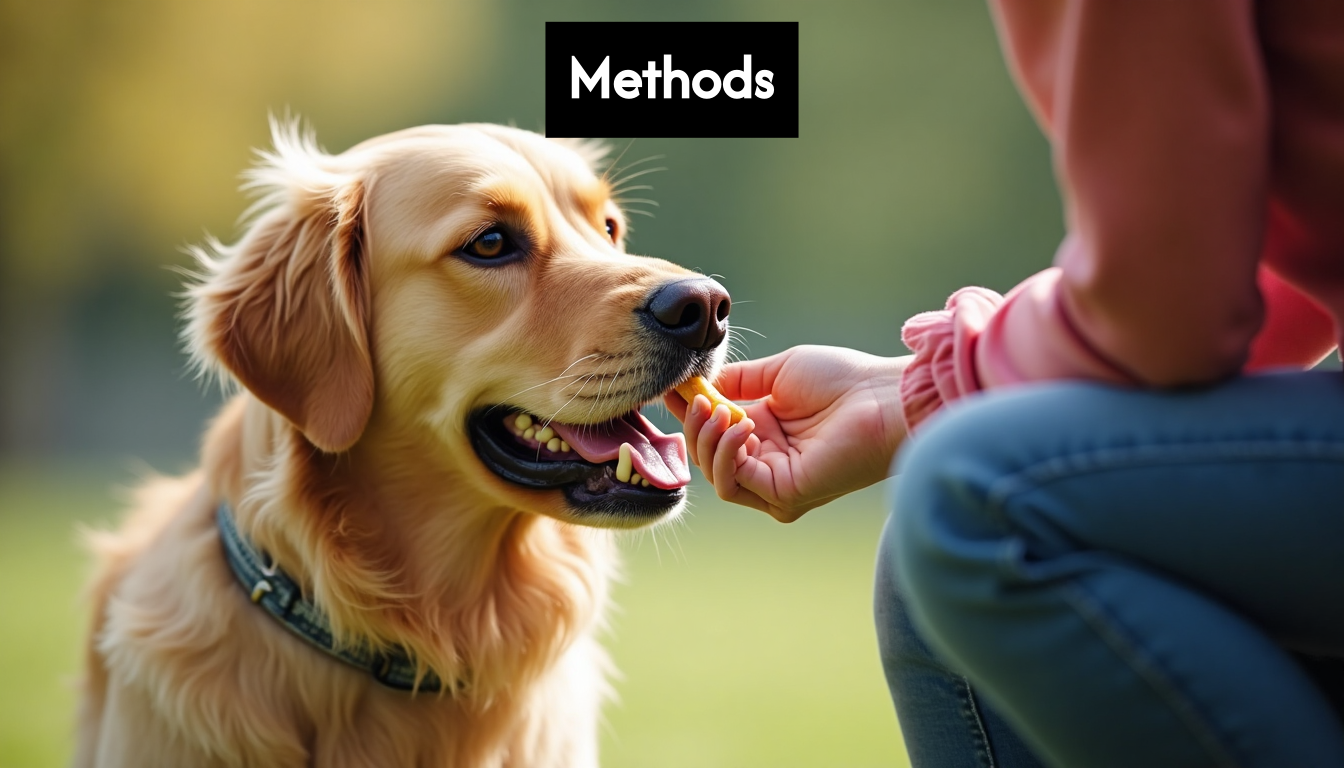
Science Based Training Foundations
Research from the American Kennel Club Canine Health Foundation reveals that successful service dog training hinges on understanding canine learning psychology. The most effective training programs now utilize behavioral science principles that focus on motivation, clear communication, and systematic skill progression.
Modern trainers have thoroughly debunked outdated dominance theories. Instead, they recognize that service dogs perform best when training incorporates:
- Positive reinforcement techniques
- Consistent reward based learning
- Gradual skill complexity progression
- Individual dog temperament recognition
Advanced Skill Acquisition Strategies
According to Medical Mutts Training Institute, successful service dog training requires a multifaceted approach. Targeted skill development becomes crucial, with trainers using specialized techniques to teach complex tasks that directly support handlers with specific needs.
The skill acquisition process typically involves:
- Breaking complex tasks into micro behaviors
- Using precise marker training
- Building task reliability through repetition
- Generalizing skills across different environments
Trainers must create scenarios that simulate real world challenges, ensuring service dogs can perform tasks under varying conditions. This might include practicing medication retrieval in multiple room layouts, maintaining focus during loud noises, or providing stability support on different surface types.
Critical to this process is understanding each dog’s unique learning style. Some dogs respond better to food rewards, while others are more motivated by play or verbal praise. Experienced trainers assess individual dog personalities and adapt their training techniques accordingly.
The ultimate goal transcends simple task performance. A truly exceptional service dog develops an intuitive partnership with their handler, anticipating needs and providing support that goes beyond programmed responses. This deep connection requires training that respects the dog’s intelligence and emotional capacity.
While the training journey is complex, the potential impact is profound. A well trained service dog can transform an individual’s daily life, providing independence, confidence, and a level of support that goes far beyond traditional companion animal roles.
Training Common Assistance Tasks
Service dogs transform lives by performing specialized tasks that directly support individuals with various disabilities. Training these critical assistance skills requires meticulous planning, consistent practice, and a deep understanding of both human and canine capabilities. 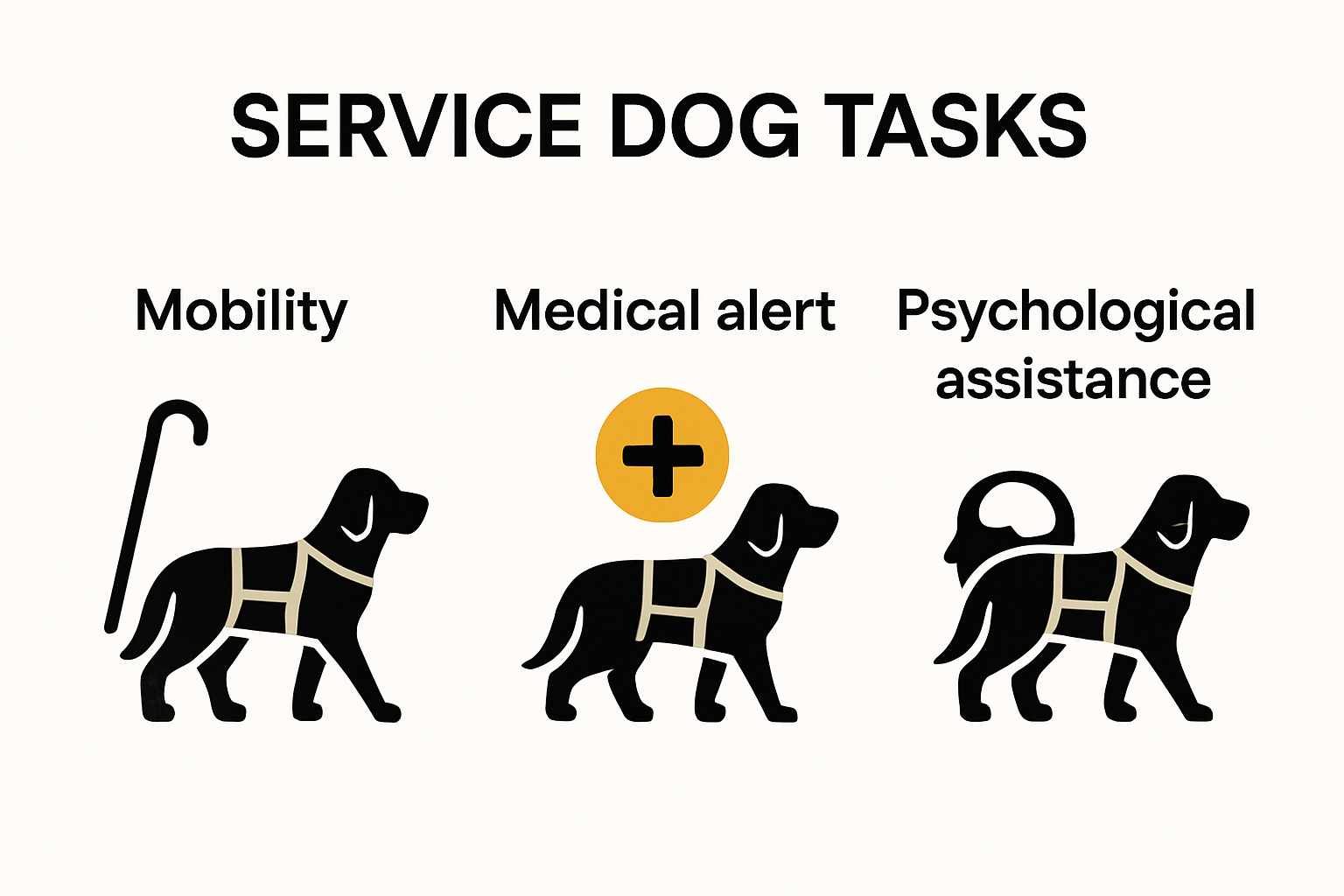
Essential Mobility and Physical Support Tasks
Service Dog Certifications highlights several fundamental physical assistance tasks that service dogs master. These skills go far beyond basic obedience, focusing on precise actions that enhance handler independence.
Key mobility support tasks include:
- Retrieving dropped items
- Opening and closing doors
- Pulling wheelchairs
- Providing balance support
- Assisting with physical transfers
- Pushing elevator buttons
- Carrying essential medical equipment
Task specificity becomes crucial during training. Each task must be performed with exceptional reliability and precision. For instance, a dog retrieving medication must understand the exact item, its location, and the delicate handling required.
Advanced Cognitive and Medical Support Skills
According to Total K9 Focus, service dogs are trained to perform a minimum of one task directly alleviating their handler’s disability. However, most dogs learn multiple complex skills that address various needs.
Cognitive and medical support tasks can include:
- Interrupting anxiety or panic attacks
- Detecting onset of medical episodes
- Providing deep pressure therapy
- Alerting to sound for hearing impaired handlers
- Guiding individuals with visual impairments
Comprehensive Task Training Approach
Assistance Dogs International emphasizes that effective task training requires a comprehensive 2 to 3-year apprenticeship program for trainers. This extensive preparation ensures dogs develop nuanced skills matching individual handler requirements.
Successful task training involves:
- Systematic skill breakdown
- Consistent positive reinforcement
- Environmental adaptation training
- Handler specific customization
- Ongoing skill refinement
Trainers must create scenarios mimicking real world challenges, ensuring service dogs perform tasks seamlessly across diverse environments. This might mean practicing medication retrieval in quiet homes and bustling hospitals or maintaining focus during unexpected sensory stimuli.
Ultimately, training common assistance tasks represents more than teaching mechanical actions. It is about developing a profound partnership where the service dog becomes an intuitive extension of their handler’s capabilities, providing support that transcends traditional animal companion roles.
Handling Challenges in Dog Training
Service dog training represents an intricate journey filled with complex challenges that test both the trainer’s skills and the dog’s potential. Navigating these obstacles requires exceptional patience, strategic problem solving, and a deep understanding of canine psychology.
Identifying Training Roadblocks
Total Veterinary Research reveals a startling statistic: approximately 70% of service dogs in training do not successfully graduate due to behavioral issues and hereditary challenges. This high attrition rate underscores the critical importance of early problem identification and targeted intervention strategies.
Behavioral challenges can emerge in multiple forms, including:
- Difficulty maintaining focus
- Excessive environmental reactivity
- Inconsistent task performance
- Anxiety or stress responses
- Limited adaptability to new scenarios
Trainers must develop keen observational skills to recognize subtle behavioral signals that might indicate potential training difficulties. Early detection allows for immediate corrective approaches that can prevent more significant issues from developing.
Systematic Problem Resolution Strategies
According to Spherical Insights Market Research, the medical service dog industry faces significant challenges including high training costs and limited qualified professional resources. This context makes systematic problem resolution even more critical.
Effective challenge management involves:
- Comprehensive behavioral assessment
- Individualized training modification
- Gradual skill reintroduction
- Continuous performance monitoring
- Handler collaboration and feedback
Psychological and Environmental Adaptation
Successful service dog training transcends simple task learning. Dogs must develop remarkable psychological resilience and environmental adaptability. This requires creating controlled training scenarios that progressively increase in complexity and challenge.
Trainers employ techniques such as:
- Controlled exposure therapy
- Desensitization to sensory stimuli
- Stress management training
- Confidence building exercises
- Adaptive learning protocols
The training process typically spans six to twelve months, requiring over 120 hours of dedicated instruction. During this time, trainers must remain flexible, recognizing that each dog represents a unique learning journey.
Ultimately, handling training challenges is not about achieving perfection but fostering a robust, adaptable partnership. The goal extends beyond task performance to creating a confident, reliable companion capable of providing exceptional support across diverse and unpredictable environments.
Frequently Asked Questions
How do I choose the right dog for service training?
Selecting the right dog involves assessing temperament, including emotional intelligence, calmness, and a desire to please. Breeds like Labrador Retrievers, Golden Retrievers, and German Shepherds often excel in service roles.
What are the key skills learned by service dogs?
Service dogs typically learn tasks such as retrieving items, providing mobility support, interrupting anxiety episodes, and alerting to medical conditions. Each dog may specialize in skills that directly assist their handler’s specific needs.
How long does it take to train a service dog?
Training a service dog generally spans six months to two years, depending on the complexity of the tasks being taught and the individual dog’s learning pace. Consistent practice and exposure to various environments are crucial.
What methods are recommended for training service dogs?
Positive reinforcement methods, like clicker training, are recommended for teaching service dog skills. This approach builds trust, enhances communication, and encourages strong performance in diverse situational challenges.
Unlock a Deeper Bond with Your Service Dog
Training a service dog to perform essential tasks can be a complex journey. With around 70% of service dogs never graduating due to behavioral challenges, you might find yourself overwhelmed as you strive to create that unique partnership highlighted in the article. But what if there was a way to enhance your dog’s communication skills while ensuring their effectiveness as a service animal?
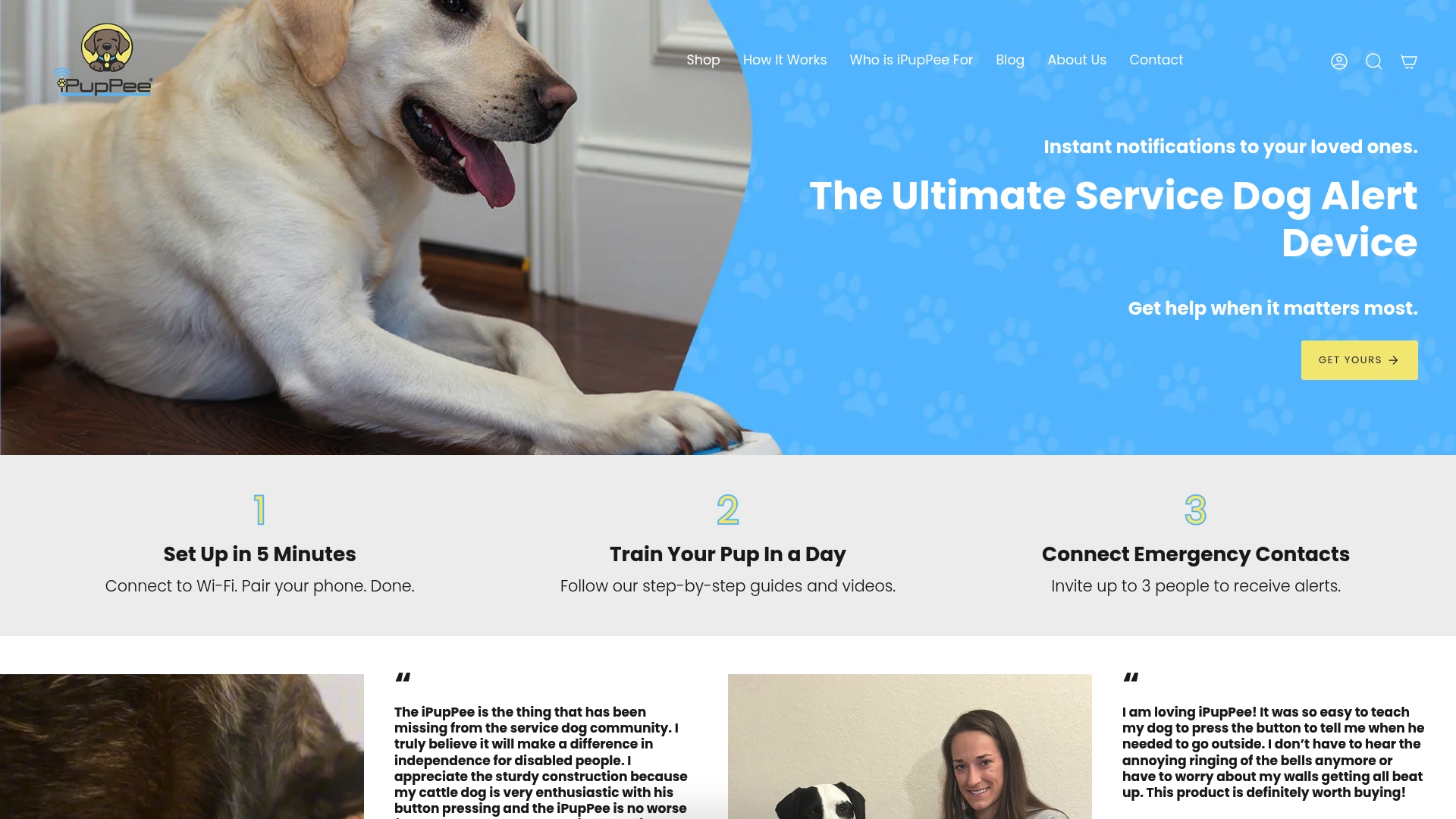
Introducing the iPupPee – an innovative solution designed specifically for pet owners like you. Our unique alert device fosters seamless communication between you and your service dog, transforming your bond into a powerful partnership that offers safety and independence. Imagine equipping your dog with the ability to alert you when critical tasks arise, enhancing their natural instincts in real-world situations.
Don’t let training challenges hold you back! Visit https://ipuppee.com today to explore our innovative products and empower your service dog to reach their fullest potential. Elevate your training journey now and witness the difference effective communication can make!

